This synopsis focuses on the cross-pollination, interconnectivities and interdisciplinary theories of Big Data with respect to business models. The...
HP and Yahoo must continue to innovative or could cease to exist.
Editor-In-Chief, , Collaborative Management, Disruptive Tech, Organizational Culture, Innovative or die, 0Modular changes to radical platforms were disruptive to technologies. This synopsis tends to explain that technological changes have had...
Historical and narrative of big data and its significant meaning to businesses
Editor-In-Chief, , Collaborative Management, Disruptive Tech, Intelligent Machines, Leadership, Historical trend of big data, 0Beginning at the first half of the twentieth century, companies revisited the 1940’s strategy pioneered by Robert McNamara....
Business enterprises use analytical tool kits to analyze big data sets for profit
Editor-In-Chief, , Disruptive Tech, Leadership, Analyzing big data for profit, 0Applying analytic techniques to large data sets, and using predictive modeling have rendered insights into: (a) how the organization’s goals...
How structured and unstructured data sets loses its value within a time frame
Editor-In-Chief, , Collaborative Management, Disruptive Tech, Leadership, 0To quickly redact, it has been shown that 80% of the data available as an unstructured form were generated...
A Case Study of Yahoo for Life Long Learners
Editor-In-Chief, , Collaborative Management, Disruptive Tech, Intelligent Machines, Leadership, Disruptive Technology and leadership, For life long learners, 0Microsoft offered to acquire Yahoo for $40.8 billion. Microsoft attempted acquisition of Yahoo was through hostile takeover or through...
Highlight of the HP case study similar to our other case studies
Editor-In-Chief, , Collaborative Management, Disruptive Tech, Intelligent Machines, Leadership, Organizational Culture, Philosophy, 0A Case of Hewlett-Packard Company background Stanford University classmates Bill Hewlett and Dave Packard founded HP in...
Lets welcome Professor Bryan J. Watkins. Ed.D, Reviewer, Mentor and Doctoral Consultant to JOFDT
Editor-In-Chief, , Collaborative Management, Leadership, 0About Professor Bryan J. Watkins. Ed.D Dr. Bryan J. Watkins is Vice President and Chief Academic Officer at Lake Forest Graduate...
What intelligence machines or analytical tools cannot do in the 21st century
Editor-In-Chief, , Disruptive Tech, Intelligent Machines, Leadership, 0In the 21st century, enterprises have been discovering ways to use data to gain more business value; unifying intuition...
Yes! 2016, 2017 and 2018 will be driven by actionable real time important data sets
Editor-In-Chief, , Collaborative Management, Disruptive Tech, Leadership, Uncategorized, Collaborative efforts, 0Yes! 2016, 2017 and 2018 will be driven by actionable real time important data sets In 2016, organizational culture,...
Recent Posts
- Publications for Special Edition Issue, June, 2025
- Phenomenon of Leadership Failure: An Exploration to Determine the Significance of Moral Action for a Sustainable Leadership ~Kenneth-Maxwell Nance~Maxwell Leadership Institute
- The Influence of Organizational Culture on the Adoption of ICT Innovation following Technological Disruption: Evidence from Kenyan ICT SMEs
- Artificial Intelligence Machines or Robots Could Regard Humans as Threats to Their Existence
- Journal of Disruptive Technology Conference in California
Archives
Categories
About JOFDT
As a benchmark, the Journal of Disruptive Technology (JODT) seeks to improve submissions prior to approving their publication. Our peer-reviewed process reflects the necessary rigor and scrutiny needed to bring forth the submission’s essence. Such submissions should be novel and substantial. Since our distribution is global, our reviewers follow guidelines that are thorough and rigorous. In addition, each submission has a dedicated quantitative and/or qualitative review, and unnecessary delays to the submission’s publication are kept to a minimum. It is our practice to circulate galley proofs prior to final submission and each manuscript is printed with the submission date, the revision date, and an acceptance date. While the traditional operational functions of the journal include peer review, editing, and final proof.
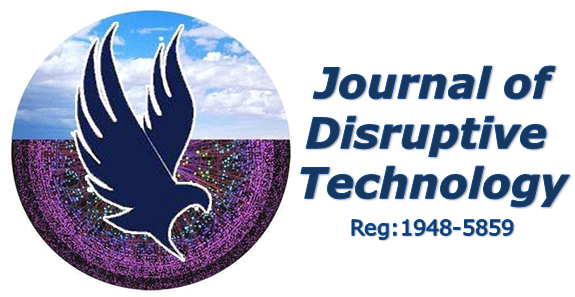

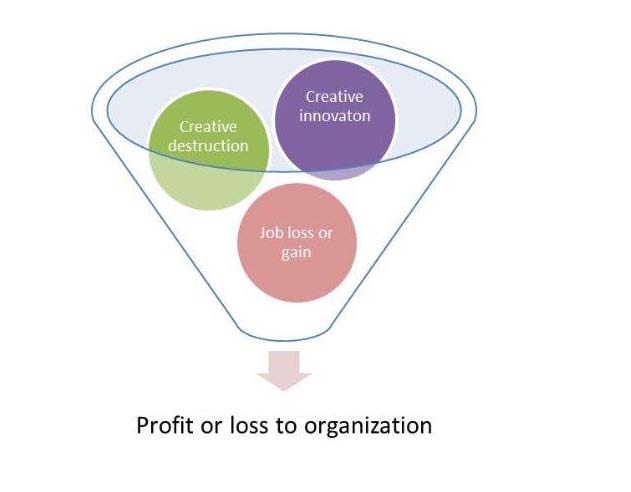
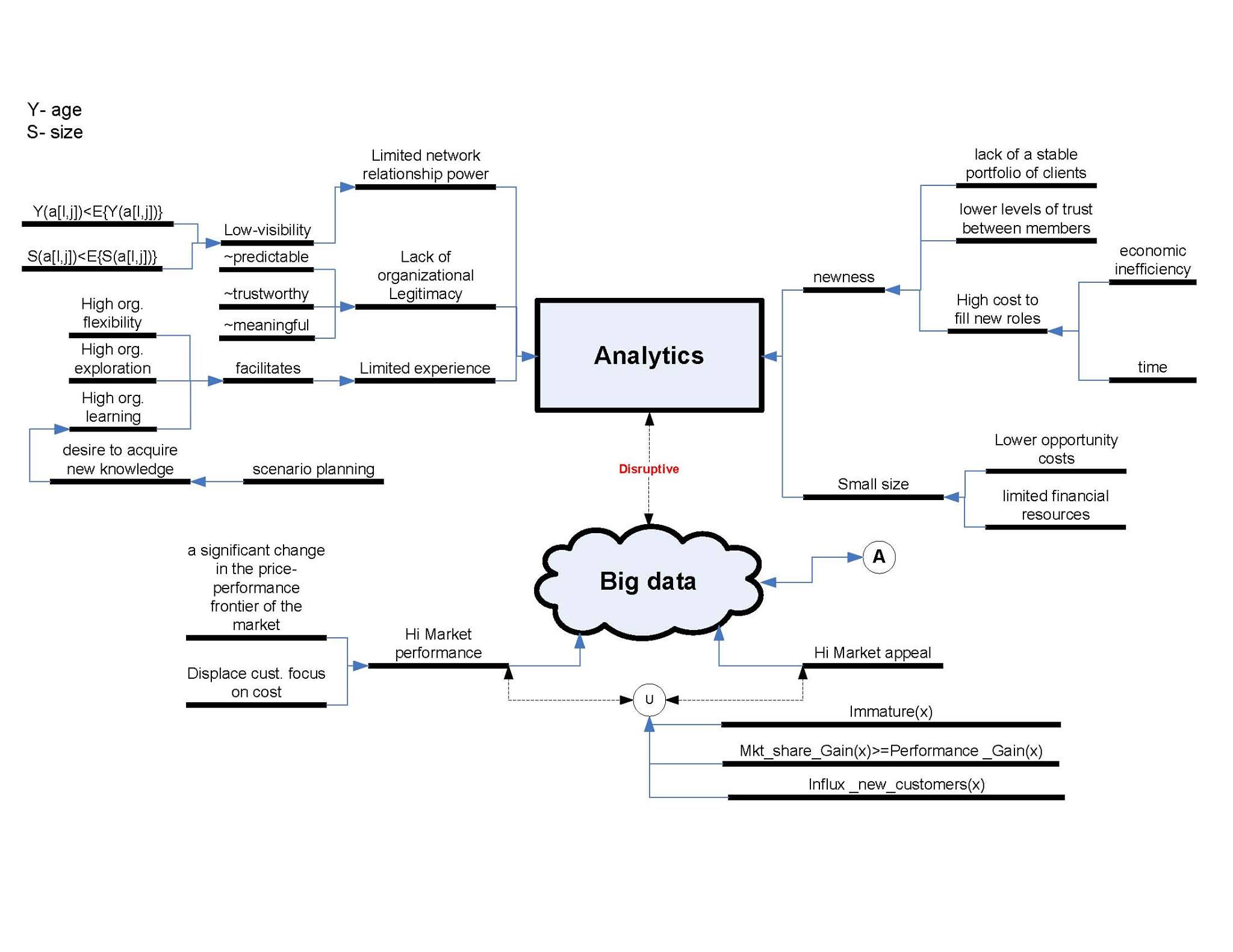
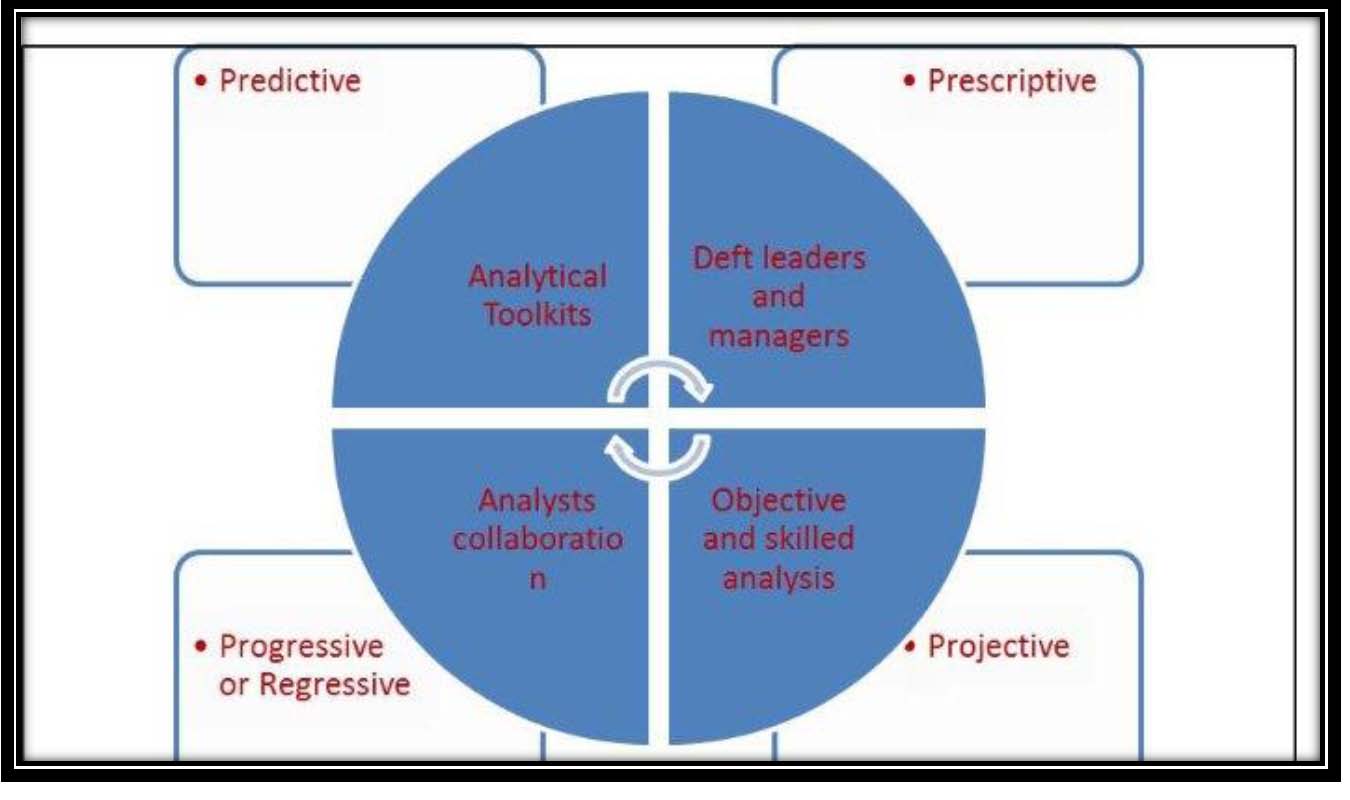
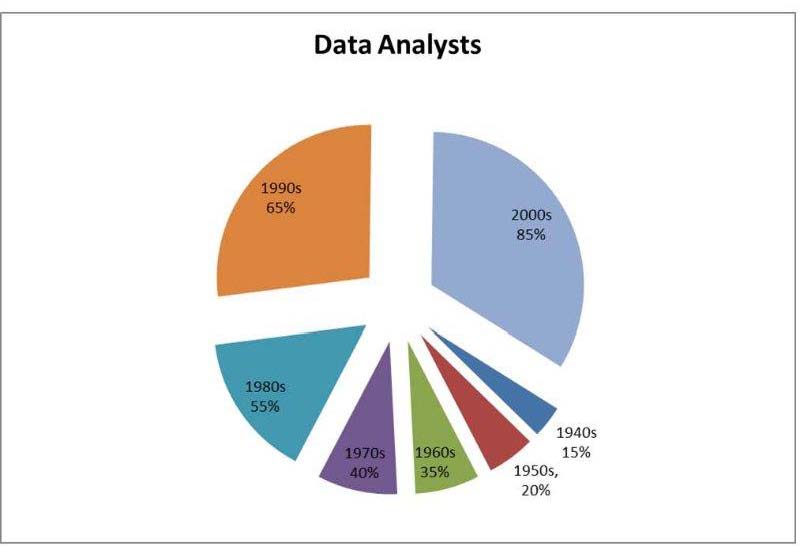



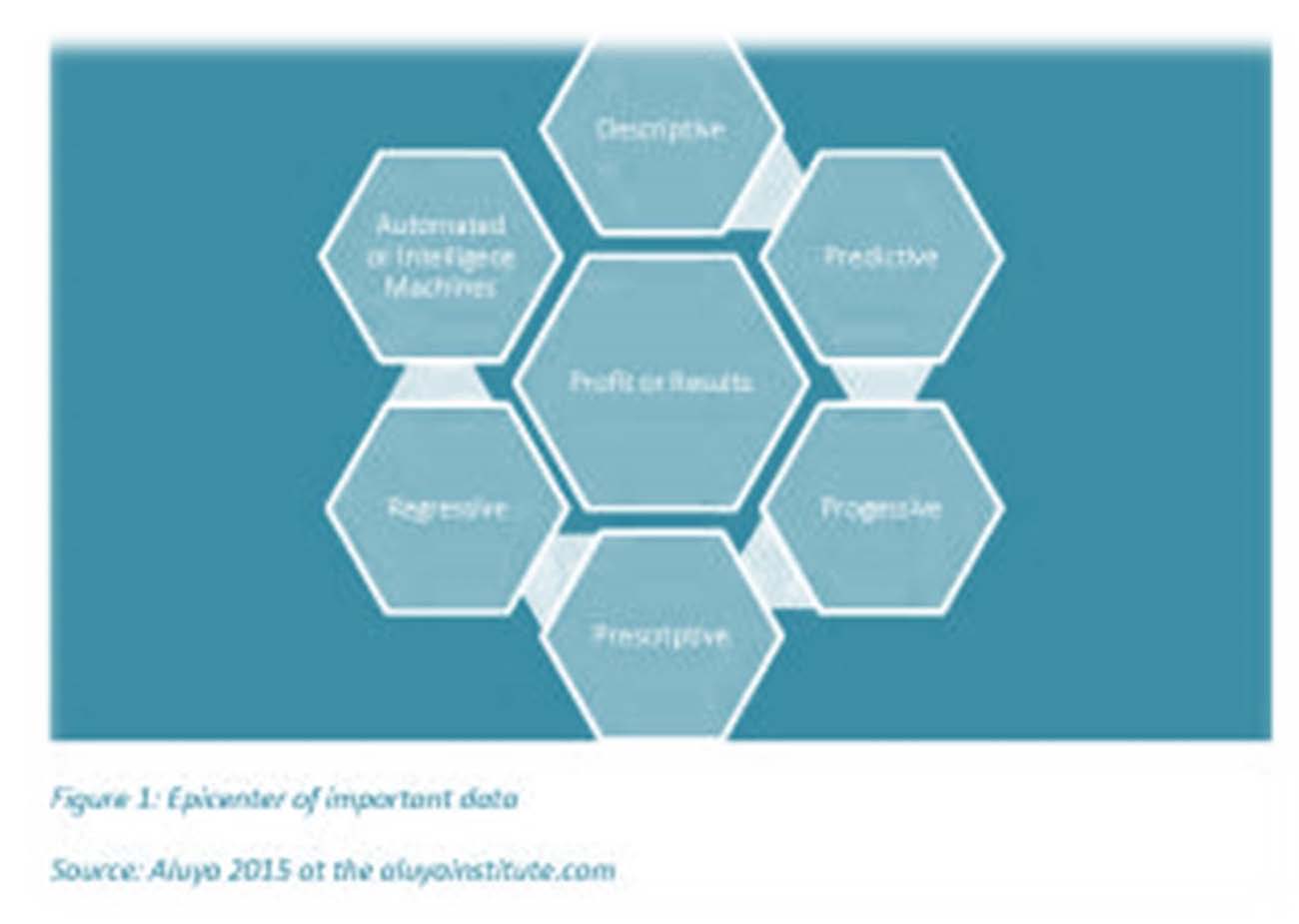
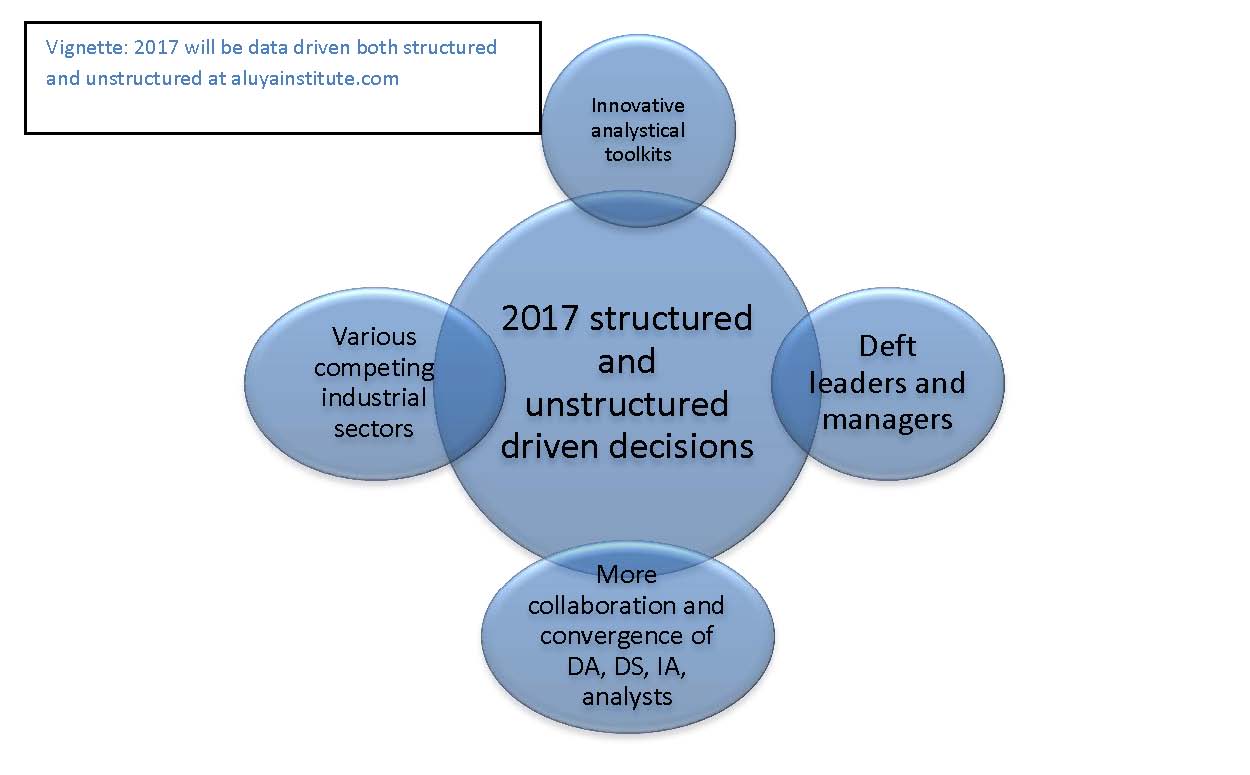

Recent Comments